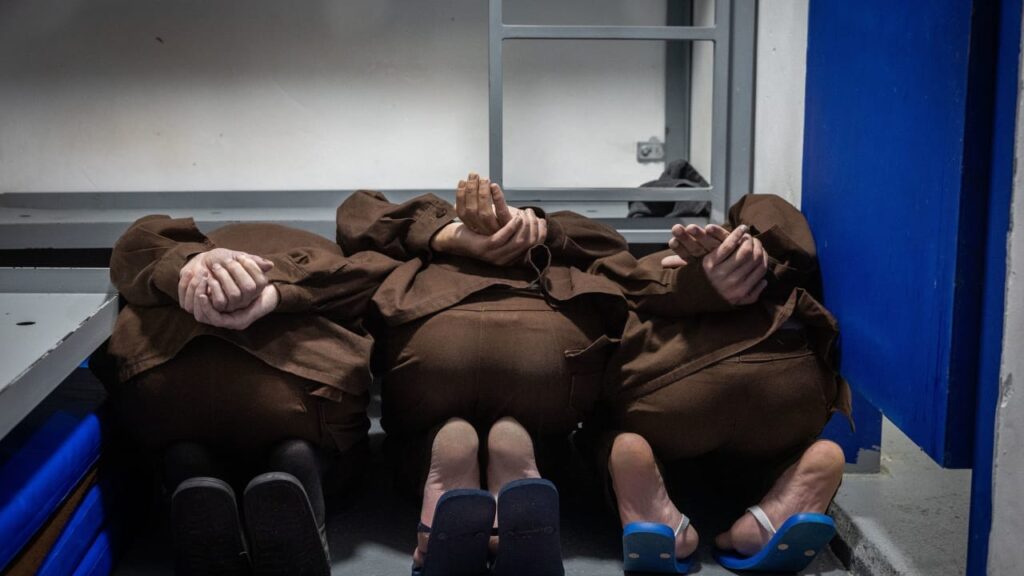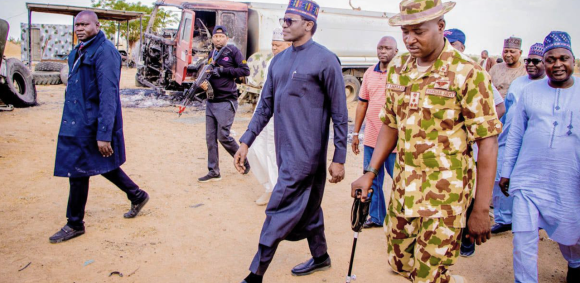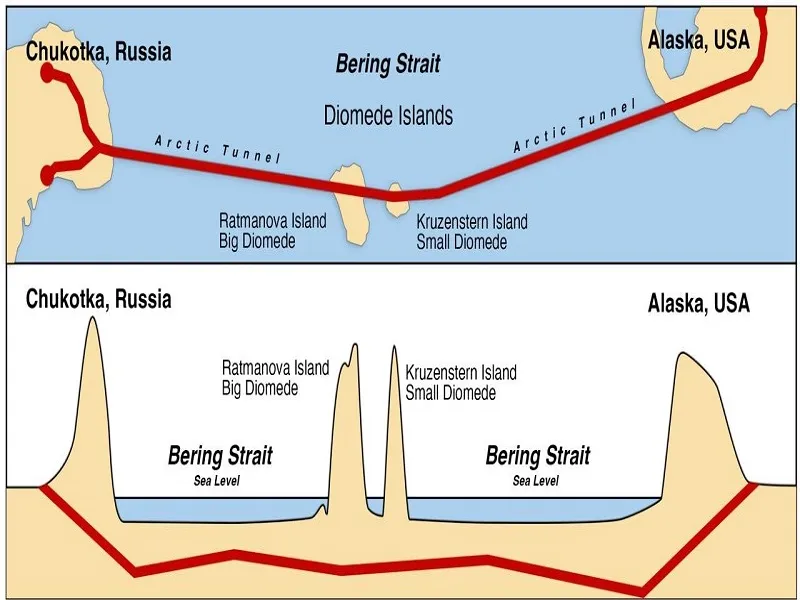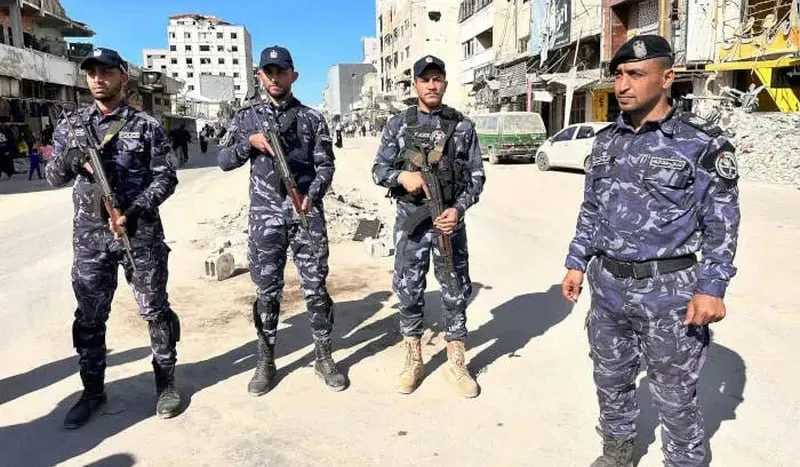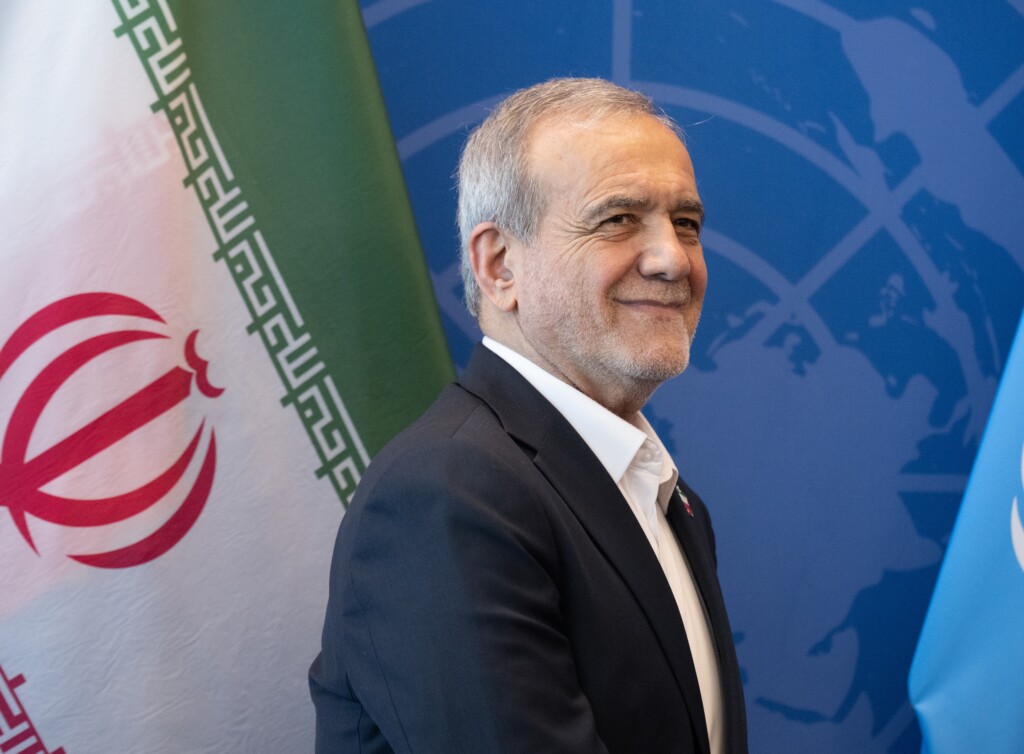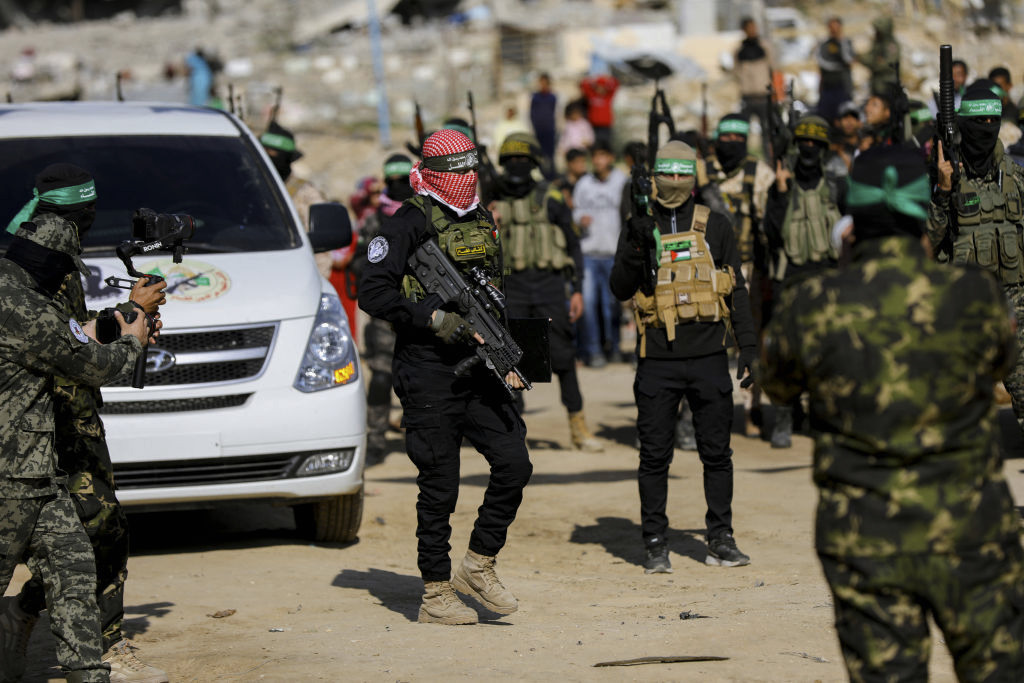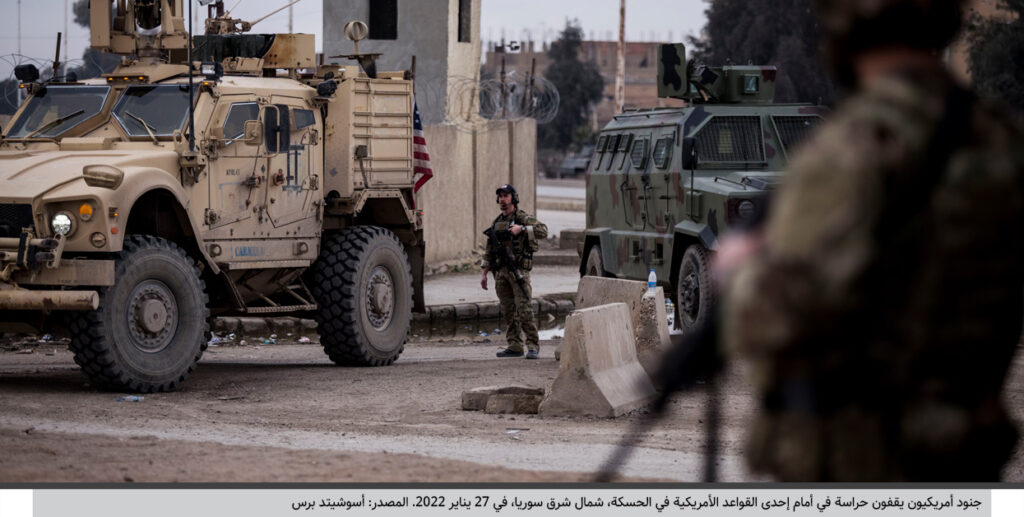The Future of the Illicit Captagon Drug Trade
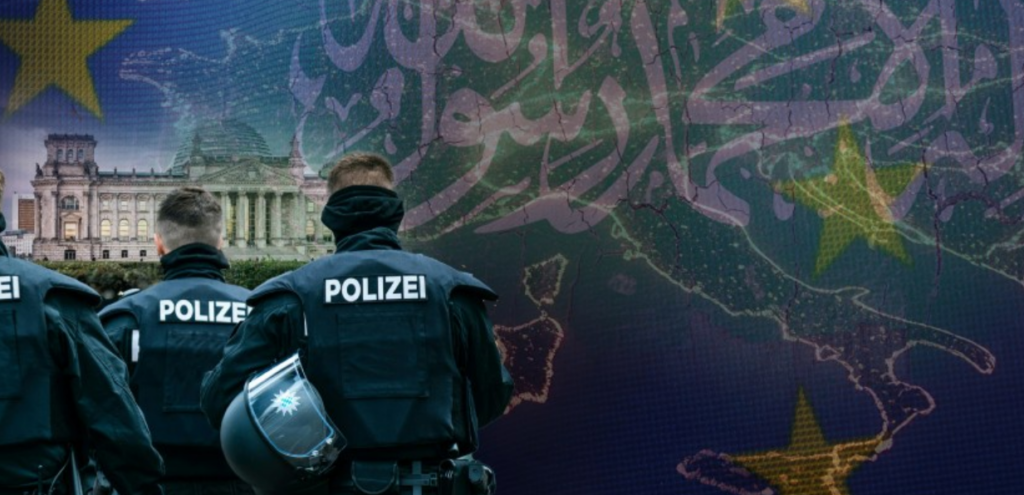
Abstract: The fall of Bashar al-Assad in Syria in December 2024 may have disrupted large-scale production of the illicit drug captagon, but the trade has, by no means, disappeared from the black market. Instead, a new, post-Assad Syria marks a shift in this illicit trade, from state monopoly over production and trafficking to non-state entrepreneurialism in the captagon trade. The remnants of the captagon trade now lie in the hands of warlords, tribes, prominent families, armed militias, and terrorist organizations seeking to engage in captagon production and trafficking as a lucrative alternative revenue stream. With the Assad regime no longer holding a monopoly over the supply of captagon, new non-state actors are seeking to fill a vacuum both inside and outside of Syria, moving production and trafficking sites to new contested areas. The result is not an eradicated captagon trade, but a more complicated, challenging landscape for regional governments.

